
12 Vintage Photos From The 1900s Prove That Mark Twain Was The ‘Crazy Cat Lady’ Type Of Man
Like many kids, I marveled at the boyhood adventures of Tom Sawyer and Huckleberry Finn as I enthusiastically read these classic American novels. I remember being shocked at the brutal nature of the times; the violence, alcoholism and racism that put my comfortable life into sharp perspective. But still, these books sparked a curiosity and wanderlust in me that I’m forever thankful to Mr.Twain for.
Twain’s real name was Samuel Clemens, and his life was just as colorful and chaotic as the lives of his most famous characters. Born shortly after the appearance of Halley’s Comet, he predicted that he would “go out with it” as well. He promptly died the day after the comet returned. He has been praised as the “greatest humorist this country has produced”, and referred to as “the father of American literature.”
One thing perhaps lesser known about Twain is his enduring love for cats, whom he respected far more than people. “If man could be crossed with the cat,” he once wrote, “it would improve man, but it would deteriorate the cat.”
He surrounded himself with up to 19 cats throughout various periods of his life, giving them imaginative names like Apollinaris, Beelzebub, Blatherskite, Buffalo Bill, Satan, Sin, Sour Mash, Tammany, Zoroaster, Soapy Sal, Pestilence, and Bambino.
Twain’s feline affection translated over into his writing too, and cats make appearances in some of his best-known works. In The Adventures of Tom Sawyer, the story about a cat named Peter is actually a true story from Twain’s childhood. There was even a book called Concerning Cats: Two Tales by Mark Twain, which came out long after his death in 1910. This book tells two stories about cats which he used to read to his daughters to help them fall asleep.
It is said the Twain just couldn’t live without his cats, so while he was on vacation he would ask around to see if he could ‘rent’ someone else’s. According to an article in New England Today, the most famous cat-renting episode occurred in Dublin, New Hampshire, in 1906. Twain biographer Albert Bigelow Paine was there when the author rented three kittens for the summer. One he named Sackcloth. The other two were identical and went under the joint name of Ashes. “He didn’t wish to own them, for then he would have to leave them behind uncared for,” Paine explained, “so he preferred to rent them and pay sufficiently to ensure their subsequent care.”
Twain isn’t the only literary giant with a fondness for cats, either. His fellow 19th and 20th-century American authors Ernest Hemingway, T.S. Eliot and Patricia Highsmith all shared his passion for all things feline. Maybe there is something about a literary sensibility that combines well with the quick-witted but gentle nature of the cat?
We’ll leave you with a quote from Twain’s 1894 novel Pudd’nhead Wilson: “A home without a cat — and a well-fed, well-petted and properly revered cat — may be a perfect home, perhaps, but how can it prove title?” Just purrfect!
Here’s what people had to say about the rare and fascinating photos
79Kviews
Share on Facebook“A home without a cat — and a well-fed, well-petted and properly revered cat — may be a perfect home, perhaps, but how can it prove title?” (Mark Twain. Pudd'nhead Wilson) That's true. And timeless.
Damn. I just glanced over the comment with my thoughts on work and only actually read it after my brain had lazily told me it said something about "well-patterned and properly reared cats"! What? LOL
Load More Replies...their independence most of the time happens when they are asleep (18 hours out of 24) - the question is : how many hours MT spent in sleep ?
Load More Replies...“A home without a cat — and a well-fed, well-petted and properly revered cat — may be a perfect home, perhaps, but how can it prove title?” (Mark Twain. Pudd'nhead Wilson) That's true. And timeless.
Damn. I just glanced over the comment with my thoughts on work and only actually read it after my brain had lazily told me it said something about "well-patterned and properly reared cats"! What? LOL
Load More Replies...their independence most of the time happens when they are asleep (18 hours out of 24) - the question is : how many hours MT spent in sleep ?
Load More Replies...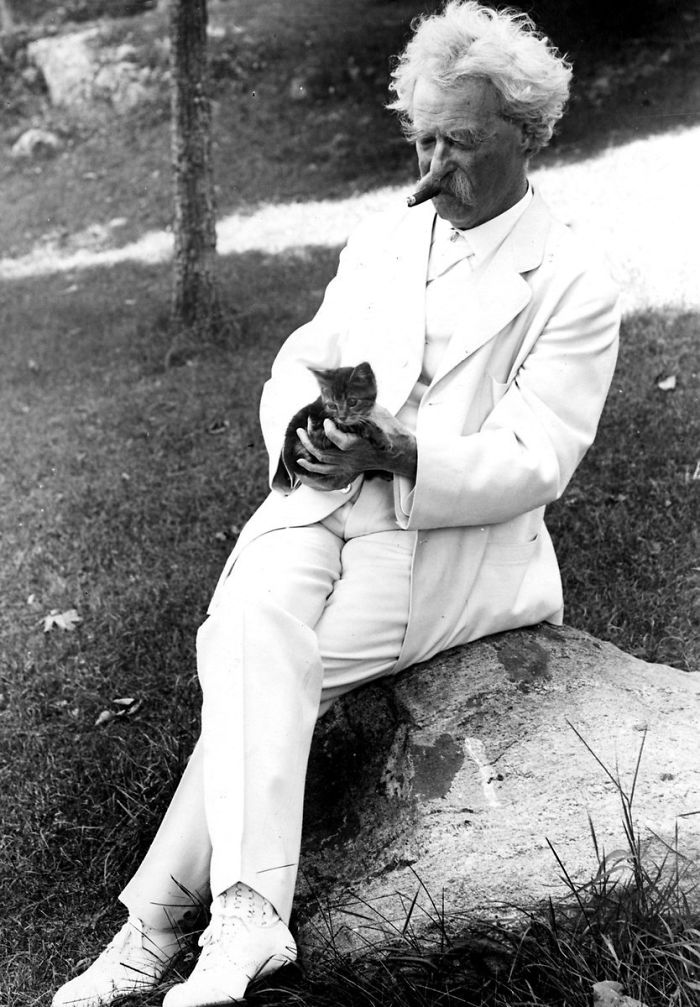
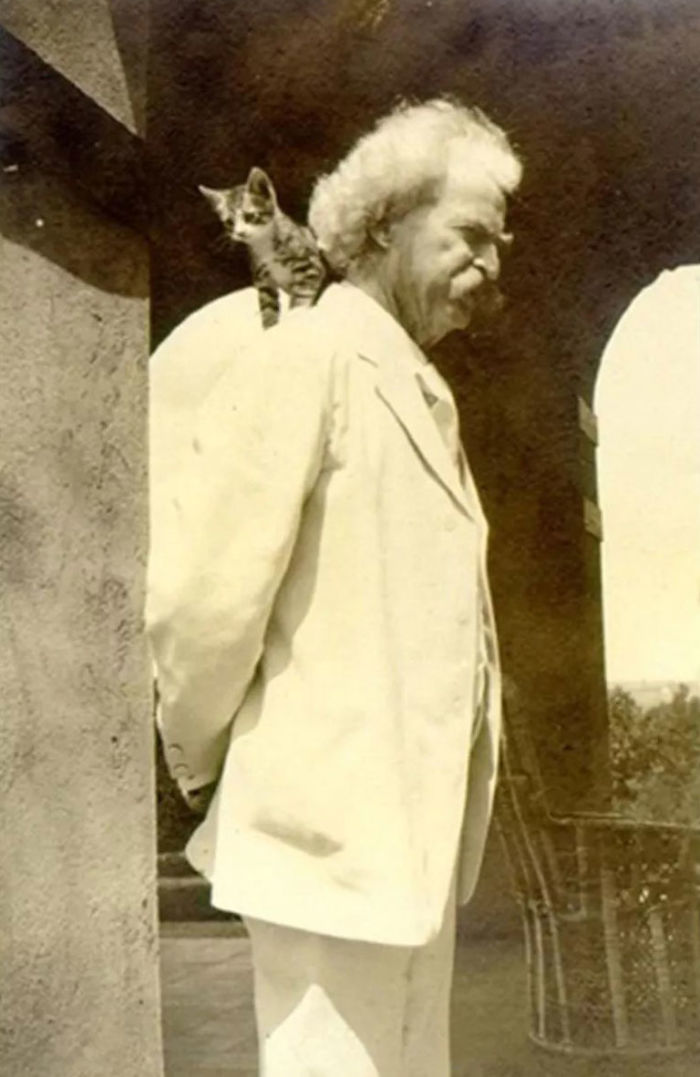

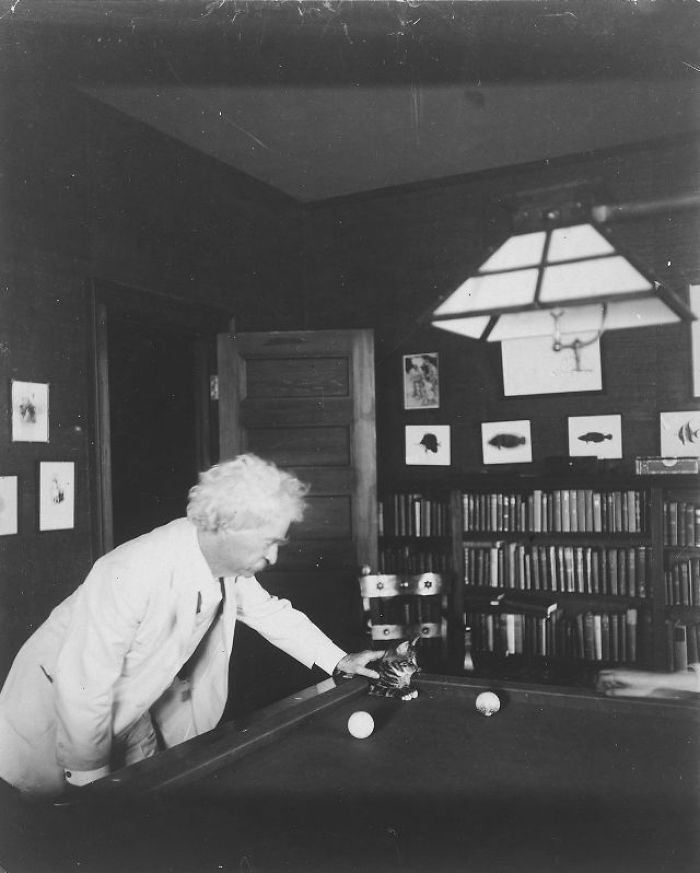
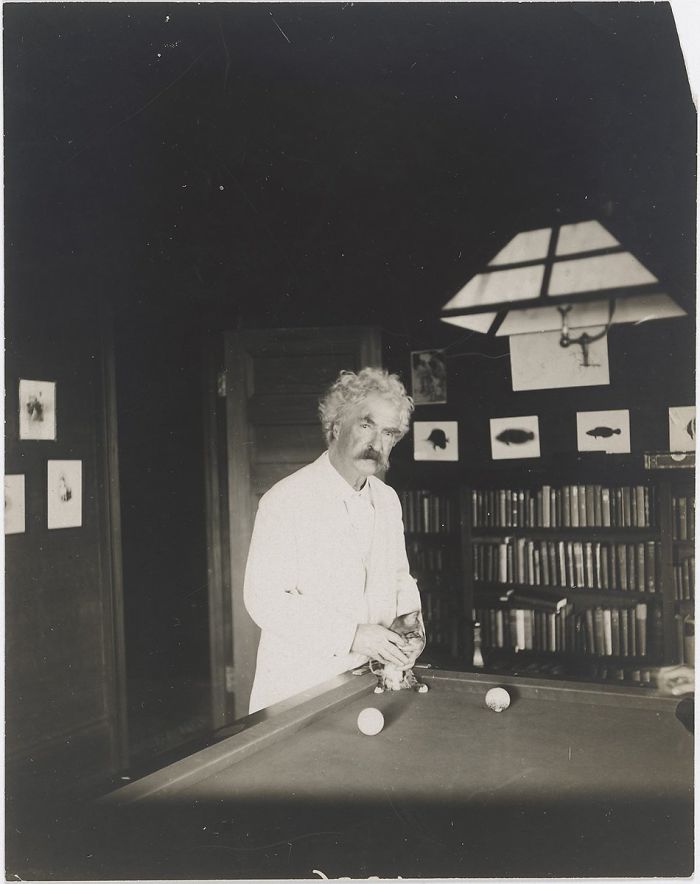
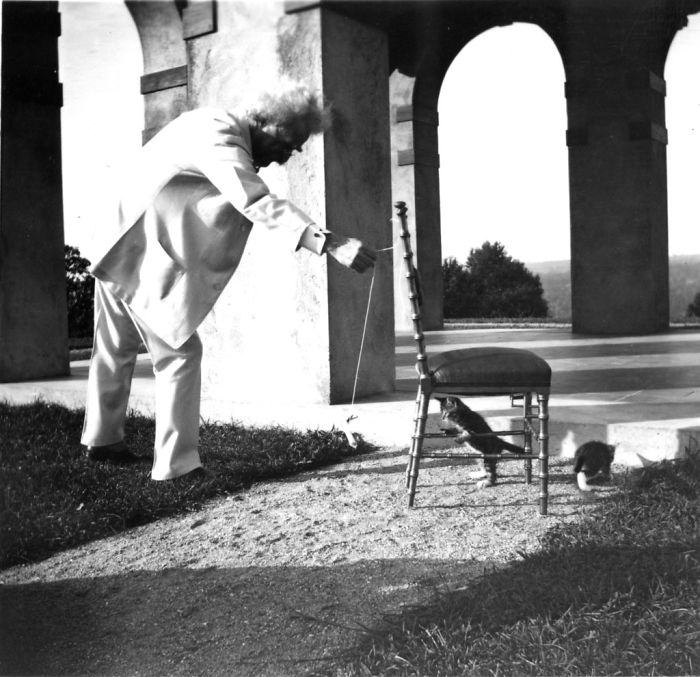
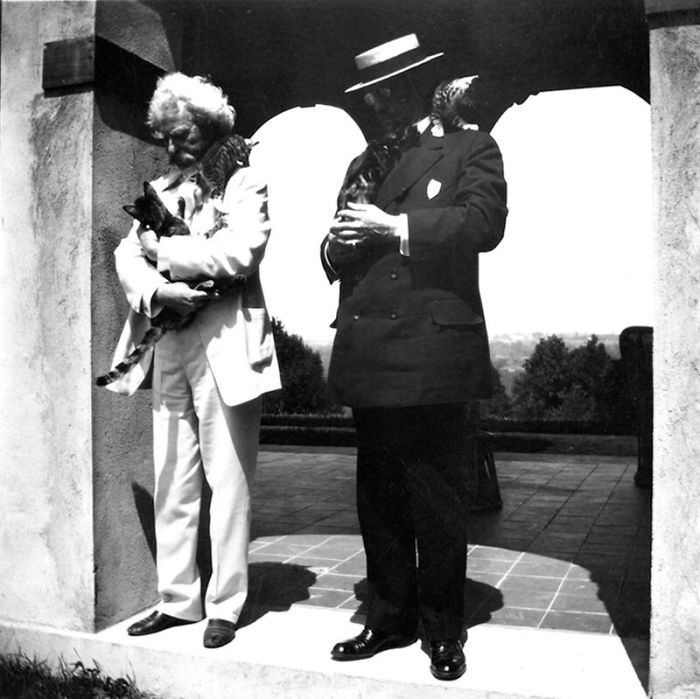
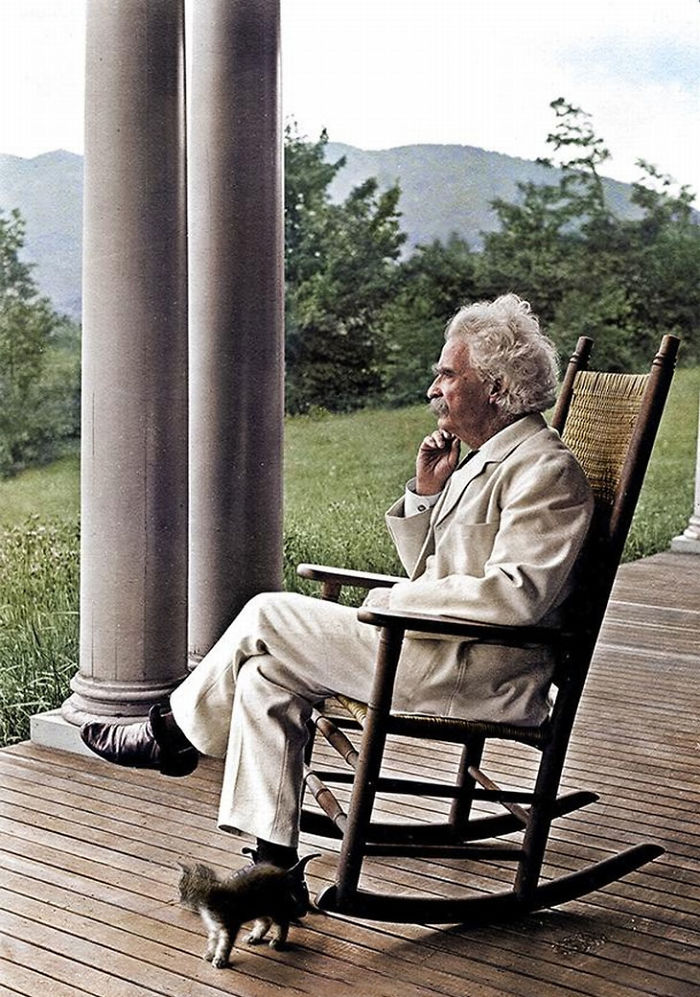
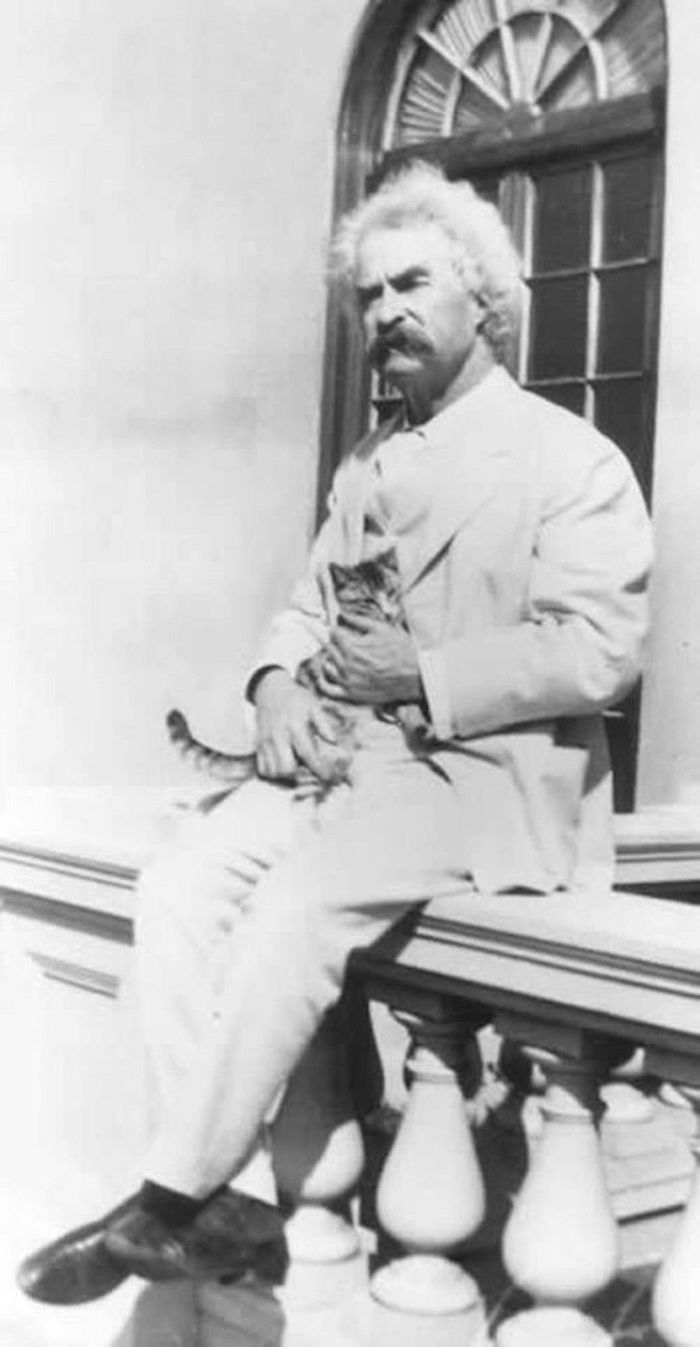
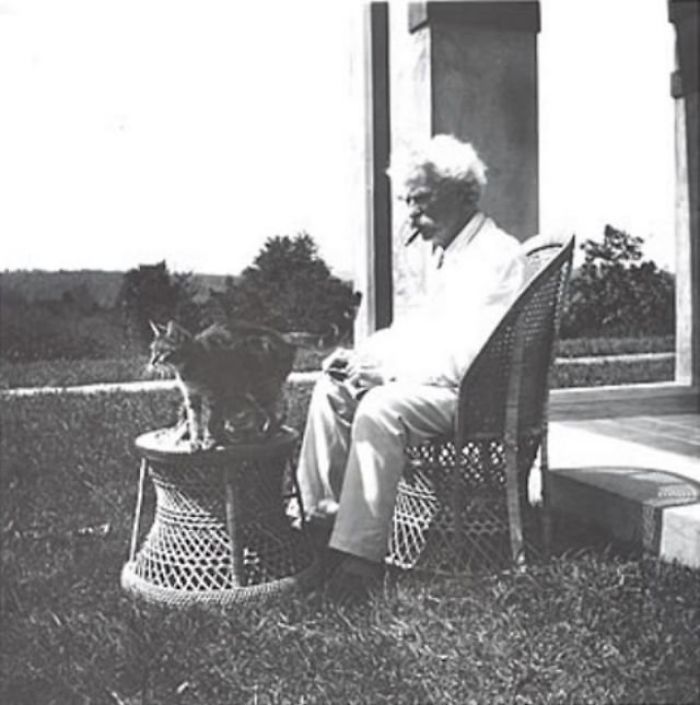
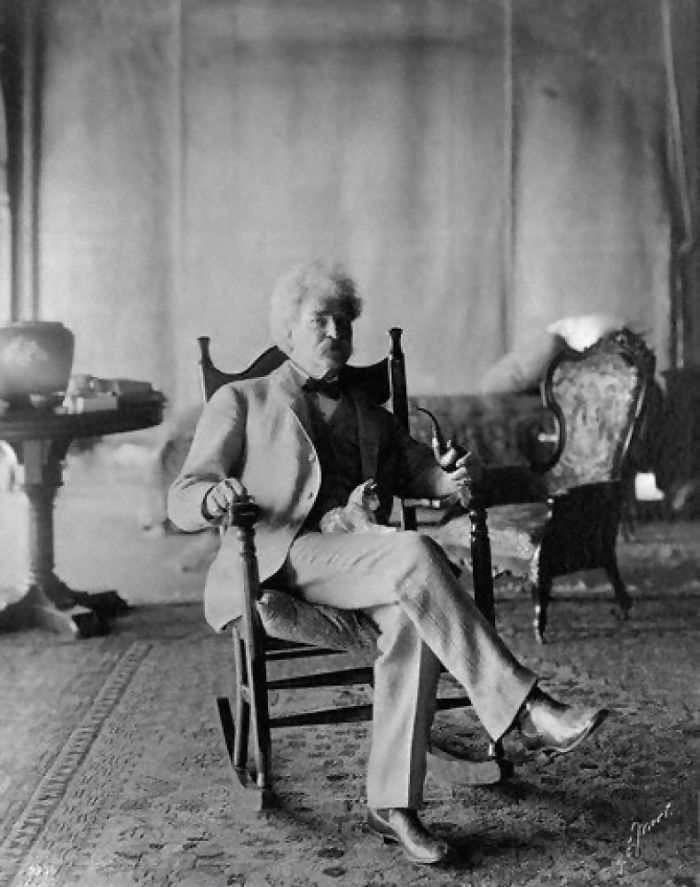
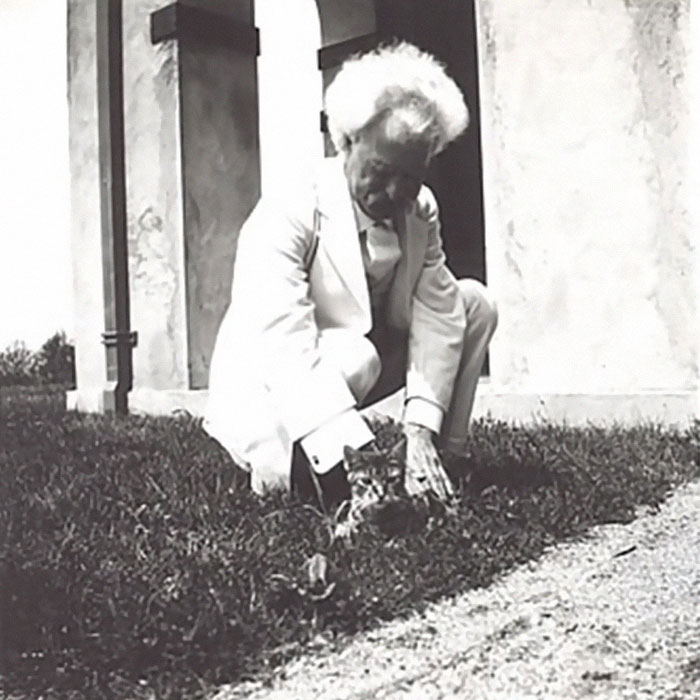


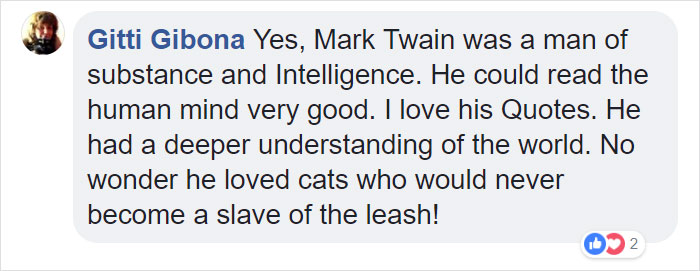

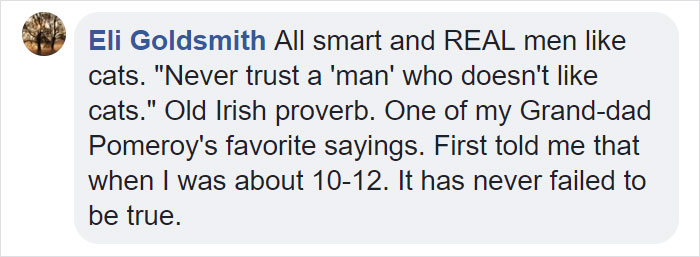




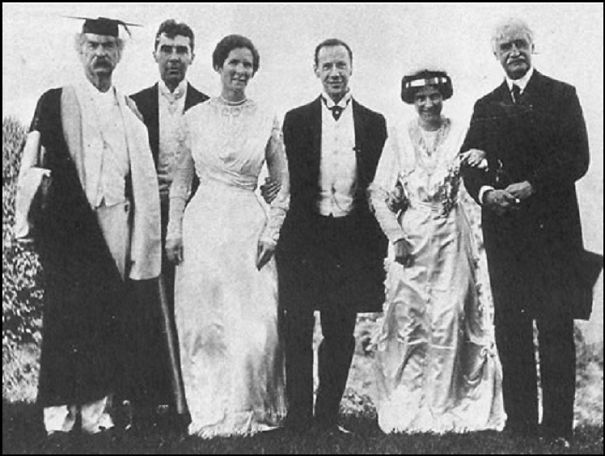

277
54